Lijiang Ancient Town
Lijiang Ancient City is located in the ancient city of Lijiang City, Yunnan Province, also known as Dayan Town, located in the middle of Lijiang Dam, was built in the late Song Dynasty and early Yuan Dynasty (late 13th century AD), located in the Yunnan-Guizhou Plateau, an area of 7.279 square kilometers.
The streets in the ancient city of Lijiang are built by mountains and rivers and paved with red breccia. There are Sifang Street, Mufu, Wufeng Tower and other scenic spots. Lijiang is one of the second batch of approved famous historical and cultural cities in China. It is one of the two ancient cities which have successfully declared world cultural heritage with the whole ancient city.
Lijiang ancient city has colorful local ethnic customs and recreational activities, Naxi ancient music, Dongba ceremony, divination culture, ancient town bars and Naxi torch festival, etc., unique. The ancient city of Lijiang embodies the achievements of ancient Chinese city construction and is one of the distinctive features and styles of Chinese folk houses.
On February 25, 2017, after the deliberation of the General Office of the Director-General of the State Tourism Administration, the National Tourism Management Committee decided to give a serious warning to Lijiang Ancient City Scenic Spot in Lijiang City, Yunnan Province, with a deadline of six months for rectification.
The ancient city of Lijiang was built in the late Song Dynasty and early Yuan Dynasty (late 13th century). The Lijiang Mu ancestors moved the ruling center from Baisha ancient town to Lion Mountain, and began to build a housing city, called "big leaf field" . The name of the ancient city is said to have originated from the surname Mu, the hereditary ruler of Lijiang, who built the city like a wooden character framed by the word "trapped". The Naxi name of the ancient city of Lijiang is "Gong Benzhi", "Gong Benzhi" is the storehouse, "Zhi" is the market, and the ancient city of Lijiang was once the storehouse.
In the first year of Baoyou in the Southern Song Dynasty (1253), the Mongolian army made a southern expedition, and the ancestor of the Mu clan, Azong Aliang, surrendered to Kublai Khan, the ancestor of the Yuan Dynasty.
Yuan to Yuan thirteen years (1276), tea Hamlet Guan Min Guan changed to Lijiang road military and civilian management office.
Yuan to Yuan fourteen years (1277), three postscript Guan Min Guan changed to Tong An Zhou, the State governing in the ancient city of Dayan. In the same year, Lijiang road was changed to Anzhou city.
In the 15th year of Hongwu in Ming Dynasty (1382), Ajia Ade in Tong'an Prefecture returned to the Ming Dynasty and set up the Military and People's Palace of Lijiang. Ajia Ade was given the surname of "Mu" by Emperor Zhu Yuanzhang and was named hereditary Zhifu.
Ming Hongwu sixteen years (1383), Mu was built at the foothills of Lion Rock, "Lijiang military civilian office." Xu Xiake, a geographer of the Ming Dynasty who had visited Yunnan, described in his Diary of a Journey to Yunnan that Lijiang was then "a community of dwelling houses with rows of tiled roofs". At the end of the Ming Dynasty, there were more than a thousand inhabitants of the ancient city and the construction of the town was quite large.
In the second year of Qing Yongzheng (1724), after the arrival of Yang Qian, the first Lijiang Liuguan Zhifu, a new Zhifu Yamen, a barracks, a professor's office and a training and steering office were built under the Jinhongshan Mountains in the northeast of the ancient city, and the city walls were built around these official buildings.
On December 26, 2002, the State Council officially approved the withdrawal of Lijiang city, the administrative division of the ancient city of Lijiang to the ancient city of Lijiang.
From June 24 to July 6, 2012, the UNESCO World Heritage Committee adopted the proposal of adjusting the small boundary and buffer zone of Lijiang Ancient Town at the 36th World Heritage Congress held in St. Petersburg, Russia, to adjust the area of Lijiang Ancient Town from 3.8 square kilometers to 7.279 square kilometers.
Lijiang Ancient City is located in the ancient city of Lijiang City, Yunnan Province, southwest China. It is located in the middle of Lijiang Dam. It is located in Yunnan-Guizhou Plateau. The center of Lijiang Ancient City is located at 26 52 50.43 north latitude and 100 13 27.70 East longitude. The city covers an area of 7.279 square kilometers.
The climate of the ancient city of Lijiang is influenced by the wind of the South Asian Plateau. Its climate has obvious vertical distribution, distinct dry and wet seasons and little change in temperature. Although it is located on the plateau, it sees snow mountain all year round, but it has abundant rainfall and distinct dry and wet seasons.
Lijiang Ancient City is located in Lijiang Dam with 2530 hours of sunshine and sufficient light energy. The annual solar radiation is 146.5 kilocalories per square centimeter. It is the highest value area in Yunnan Province.
Old Town of Lijiang is located in the middle of the Lijiang dam, on the next plateau platform of Jade Dragon Snow Mountain, 2416 meters above sea level. Old Town of Lijiang is north of Xiangshan, Jin Hong Shan, and monkey hill.
Yuquan water source is located in Heilongtan, flowing from the foot of Xiangshan Mountain, from the northwest turbulence of the ancient city to the Yulongqiao, and thus divided into three tributaries, the West River, the Middle River and the East River, and then through many uniform water flow, through the streets around the lane, flow throughout the city.
Lijiang Ancient City is located in the ancient city of Lijiang City, Yunnan Province, also known as Dayan Town, located in the middle of Lijiang Dam, was built in the late Song Dynasty and early Yuan Dynasty (late 13th century AD), located in the Yunnan-Guizhou Plateau, an area of 7.279 square kilometers.
The streets in the ancient city of Lijiang are built by mountains and rivers and paved with red breccia. There are Sifang Street, Mufu, Wufeng Tower and other scenic spots. Lijiang is one of the second batch of approved famous historical and cultural cities in China. It is one of the two ancient cities which have successfully declared world cultural heritage with the whole ancient city.
Lijiang ancient city has colorful local ethnic customs and recreational activities, Naxi ancient music, Dongba ceremony, divination culture, ancient town bars and Naxi torch festival, etc., unique. The ancient city of Lijiang embodies the achievements of ancient Chinese city construction and is one of the distinctive features and styles of Chinese folk houses.
On February 25, 2017, after the deliberation of the General Office of the Director-General of the State Tourism Administration, the National Tourism Management Committee decided to give a serious warning to Lijiang Ancient City Scenic Spot in Lijiang City, Yunnan Province, with a deadline of six months for rectification.
The ancient city of Lijiang was built in the late Song Dynasty and early Yuan Dynasty (late 13th century). The Lijiang Mu ancestors moved the ruling center from Baisha ancient town to Lion Mountain, and began to build a housing city, called "big leaf field" . The name of the ancient city is said to have originated from the surname Mu, the hereditary ruler of Lijiang, who built the city like a wooden character framed by the word "trapped". The Naxi name of the ancient city of Lijiang is "Gong Benzhi", "Gong Benzhi" is the storehouse, "Zhi" is the market, and the ancient city of Lijiang was once the storehouse.
In the first year of Baoyou in the Southern Song Dynasty (1253), the Mongolian army made a southern expedition, and the ancestor of the Mu clan, Azong Aliang, surrendered to Kublai Khan, the ancestor of the Yuan Dynasty.
Yuan to Yuan thirteen years (1276), tea Hamlet Guan Min Guan changed to Lijiang road military and civilian management office.
Yuan to Yuan fourteen years (1277), three postscript Guan Min Guan changed to Tong An Zhou, the State governing in the ancient city of Dayan. In the same year, Lijiang road was changed to Anzhou city.
In the 15th year of Hongwu in Ming Dynasty (1382), Ajia Ade in Tong'an Prefecture returned to the Ming Dynasty and set up the Military and People's Palace of Lijiang. Ajia Ade was given the surname of "Mu" by Emperor Zhu Yuanzhang and was named hereditary Zhifu.
Ming Hongwu sixteen years (1383), Mu was built at the foothills of Lion Rock, "Lijiang military civilian office." Xu Xiake, a geographer of the Ming Dynasty who had visited Yunnan, described in his Diary of a Journey to Yunnan that Lijiang was then "a community of dwelling houses with rows of tiled roofs". At the end of the Ming Dynasty, there were more than a thousand inhabitants of the ancient city and the construction of the town was quite large.
In the second year of Qing Yongzheng (1724), after the arrival of Yang Qian, the first Lijiang Liuguan Zhifu, a new Zhifu Yamen, a barracks, a professor's office and a training and steering office were built under the Jinhongshan Mountains in the northeast of the ancient city, and the city walls were built around these official buildings.
On December 26, 2002, the State Council officially approved the withdrawal of Lijiang city, the administrative division of the ancient city of Lijiang to the ancient city of Lijiang.
From June 24 to July 6, 2012, the UNESCO World Heritage Committee adopted the proposal of adjusting the small boundary and buffer zone of Lijiang Ancient Town at the 36th World Heritage Congress held in St. Petersburg, Russia, to adjust the area of Lijiang Ancient Town from 3.8 square kilometers to 7.279 square kilometers.
Lijiang Ancient City is located in the ancient city of Lijiang City, Yunnan Province, southwest China. It is located in the middle of Lijiang Dam. It is located in Yunnan-Guizhou Plateau. The center of Lijiang Ancient City is located at 26 52 50.43 north latitude and 100 13 27.70 East longitude. The city covers an area of 7.279 square kilometers.
The climate of the ancient city of Lijiang is influenced by the wind of the South Asian Plateau. Its climate has obvious vertical distribution, distinct dry and wet seasons and little change in temperature. Although it is located on the plateau, it sees snow mountain all year round, but it has abundant rainfall and distinct dry and wet seasons.
Lijiang Ancient City is located in Lijiang Dam with 2530 hours of sunshine and sufficient light energy. The annual solar radiation is 146.5 kilocalories per square centimeter. It is the highest value area in Yunnan Province.
Old Town of Lijiang is located in the middle of the Lijiang dam, on the next plateau platform of Jade Dragon Snow Mountain, 2416 meters above sea level. Old Town of Lijiang is north of Xiangshan, Jin Hong Shan, and monkey hill.
Yuquan water source is located in Heilongtan, flowing from the foot of Xiangshan Mountain, from the northwest turbulence of the ancient city to the Yulongqiao, and thus divided into three tributaries, the West River, the Middle River and the East River, and then through many uniform water flow, through the streets around the lane, flow throughout the city.
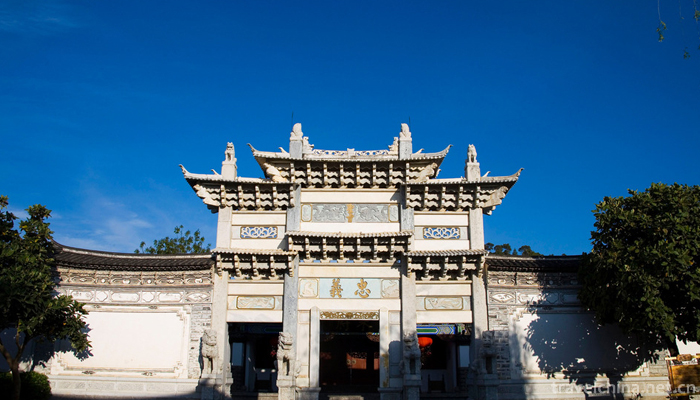
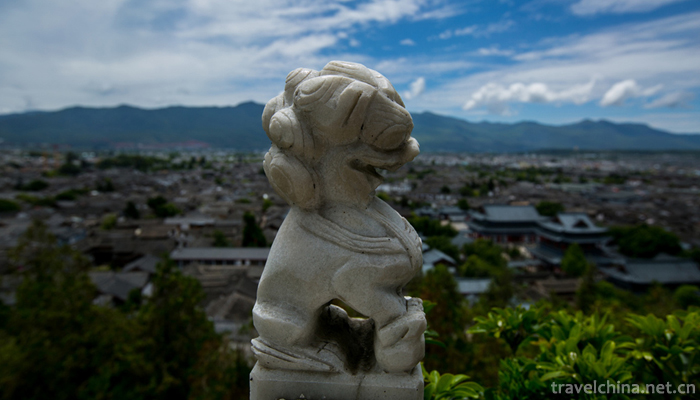
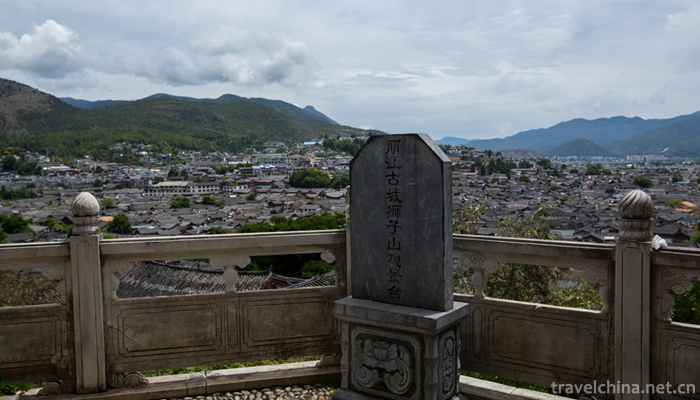
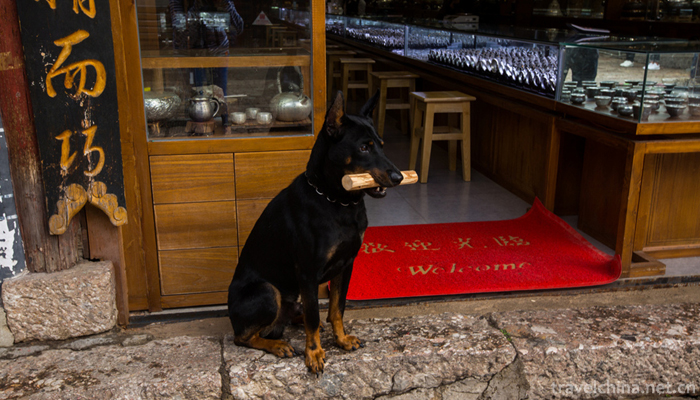
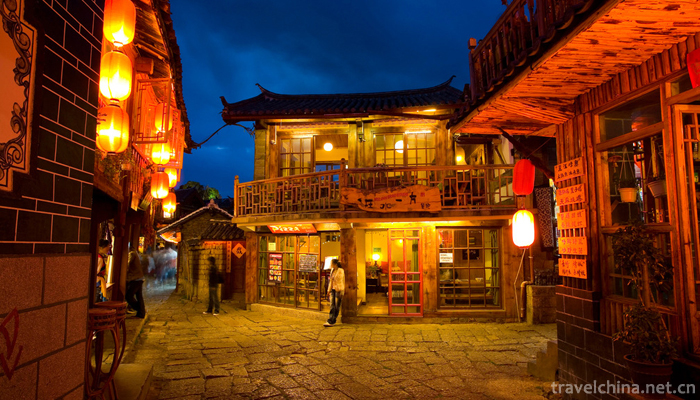

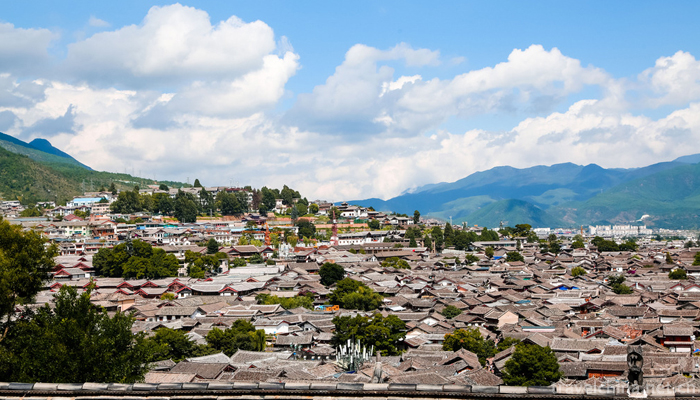
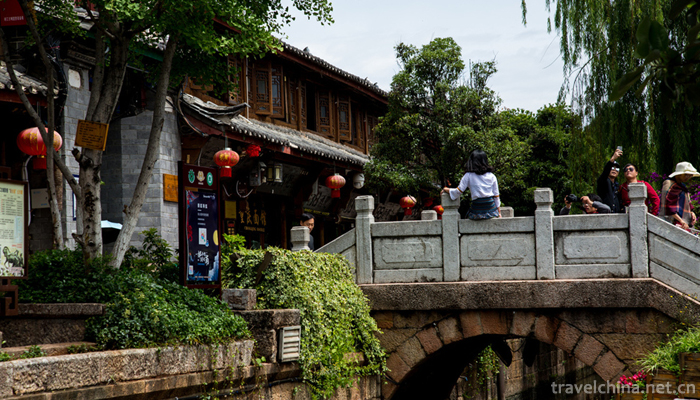


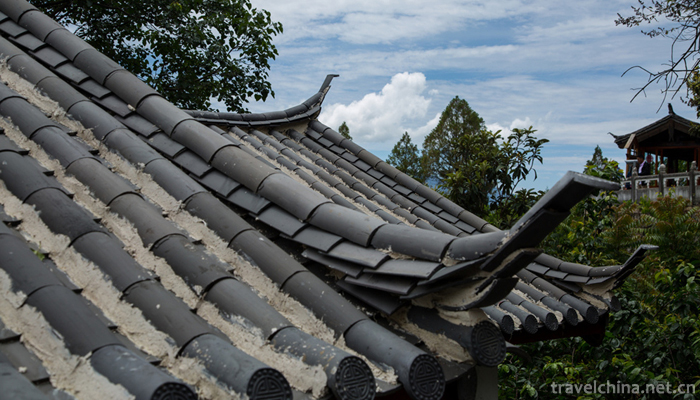
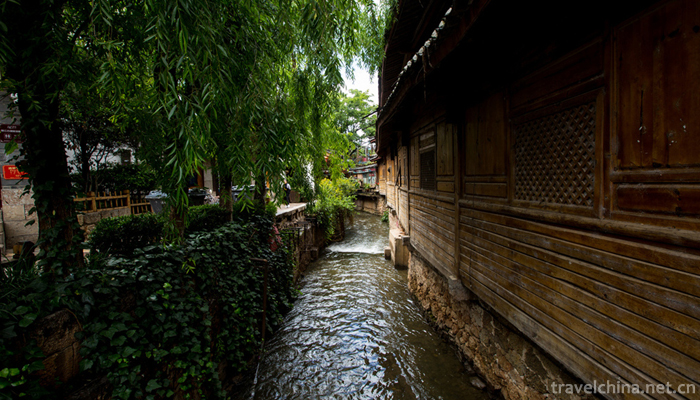
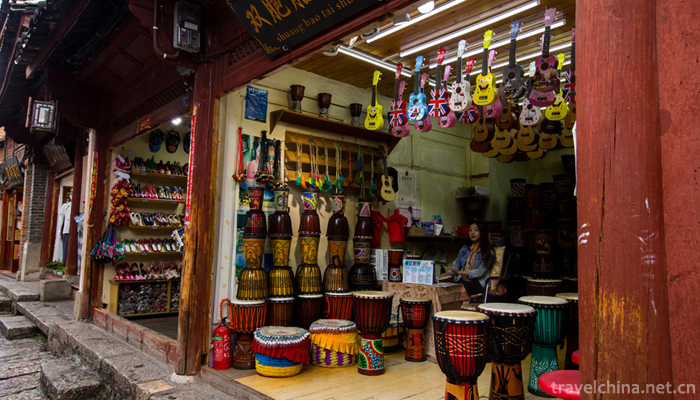
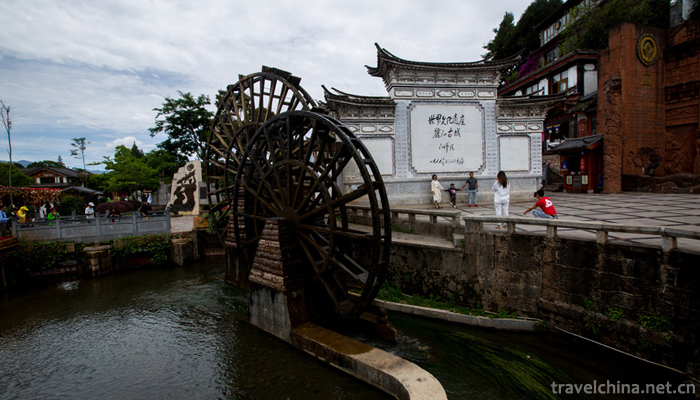
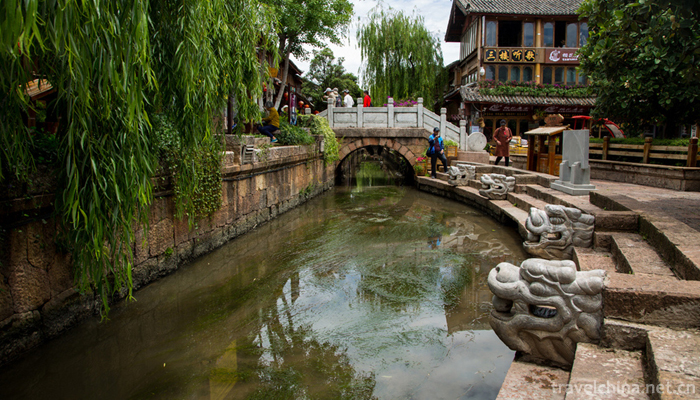
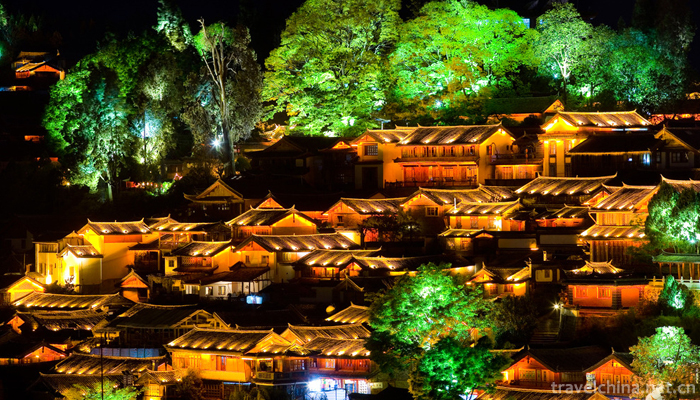
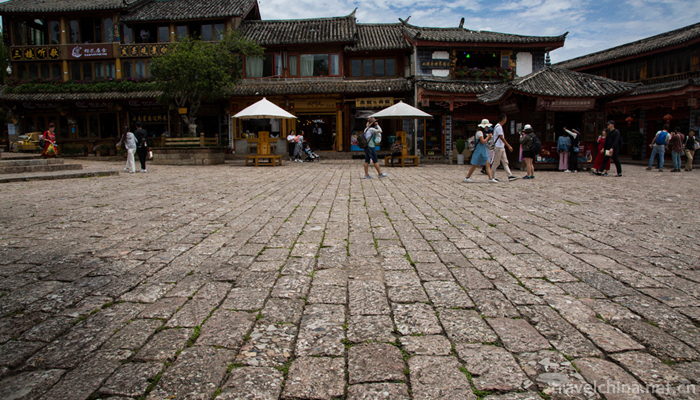
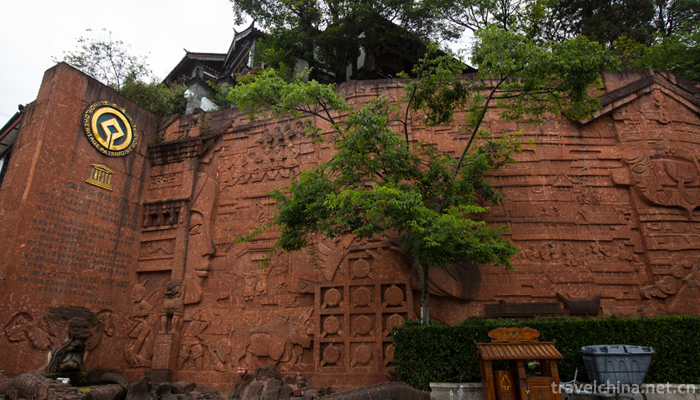
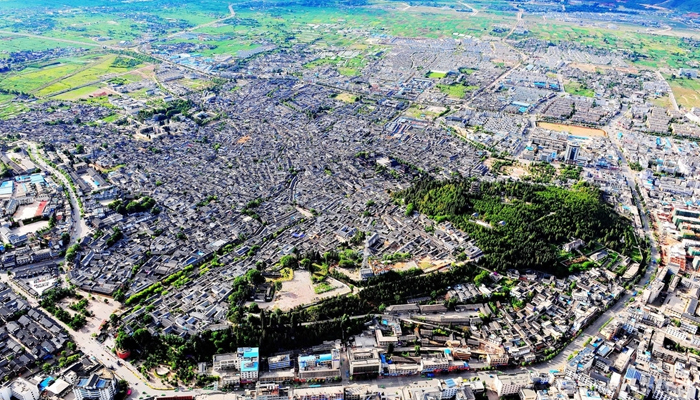
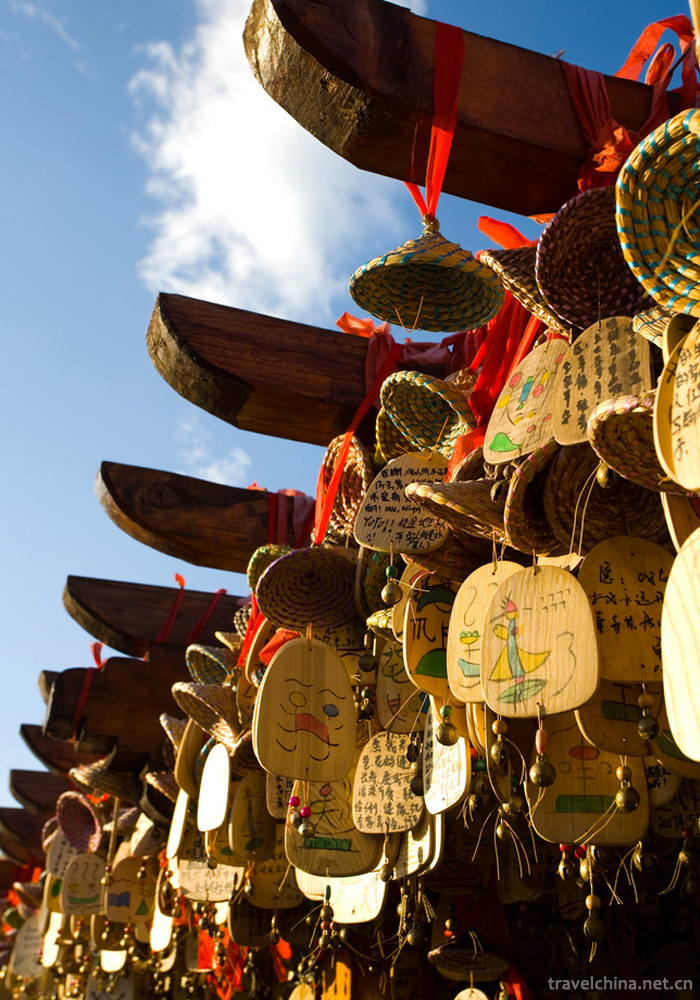
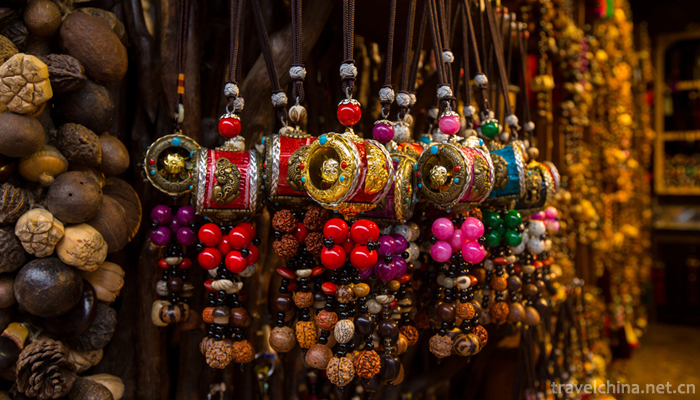
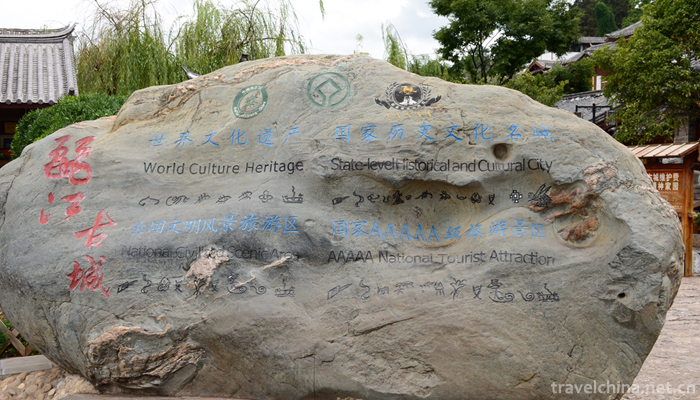
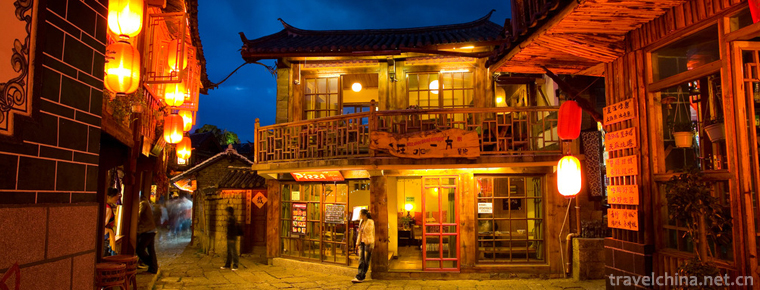
-
1.Jinan Baili Yellow River Scenic Area
Jinan Baili Yellow River Scenic Area is adjacent to the northern part of Jinan City. The south gate of the Scenic Area is directly connected to Jinan City's central axis - Jilu Road
Time 2019-01-20 -
2.Shanshan guild hall
Shanxi-Shaanxi Guild Hall is the place where Shanxi and Shaanxi merchants and businessmen associate with each other and worship gods. It combines exquisite architectural
Time 2019-02-08 -
3.Saint Sophia Cathedral in Harbin
St. Sophia Church is located in Sophia Square, Daoli District, Harbin City, Heilongjiang Province, China. It is a Byzantine-style Orthodox Church built in 1907
Time 2019-02-08 -
4.Gu embroidery
Gu embroidery, a traditional folk art in Shanghai, is one of the national intangible cultural heritages.
Time 2019-05-01 -
5.Grass grass drums and drums
Grass gongs and drums, also known as grass chants, are commonly known as "hilarious songs". It is a unique form of folk song art. It is a kind of Tujia folk song that the
Time 2019-05-02 -
6.Firing Techniques of Liling Unglazed Colorful Porcelain
The firing technology of Liling Unglazed Five-color Porcelain, the local traditional firing technology of Liling Unglazed Five-color Porcelain in Hunan Province, is one of the national intangible cult
Time 2019-05-13 -
7.Luochuans drums
Luochuan Yigu, a traditional dance in Luochuan County, Shaanxi Province, is one of the national intangible cultural heritage.
Time 2019-05-15 -
8.Mongolian camel ball
The intangible cultural heritage is the manifestation and cultural space of various traditional cultures which are inherited from generation to generation and closely related to people's life.
Time 2019-06-04 -
9.Tujia Waving Dance
Hand-waving dance is an ancient traditional dance of Tujia nationality. It mainly spreads in the Youshui River and Wujiang River basin at the junction of Hubei, Hunan, Chongqing and Guizhou. It mainly
Time 2019-06-23 -
10.Xiushan Festive Lantern
Xiushan lantern is an important school of lantern art in southwest China. It is a folk cultural phenomenon and folk performing art that integrates religion, folk custom, singing and dancing, acrobatic
Time 2019-07-08 -
11.Gelao Maolong Festival
"Gelao Maolong" is a form of folk worship handed down from generation to generation by Shiqiao Gelao people. It mainly spreads in the Ming and Longfeng villages of Longjing and Tangshan town
Time 2019-07-13 -
12.Suzhou University
Suzhou University is a full-time undergraduate college in Anhui province. It is an applied undergraduate university in Anhui province. Anhui higher education revitalization program "Local applica
Time 2019-11-21